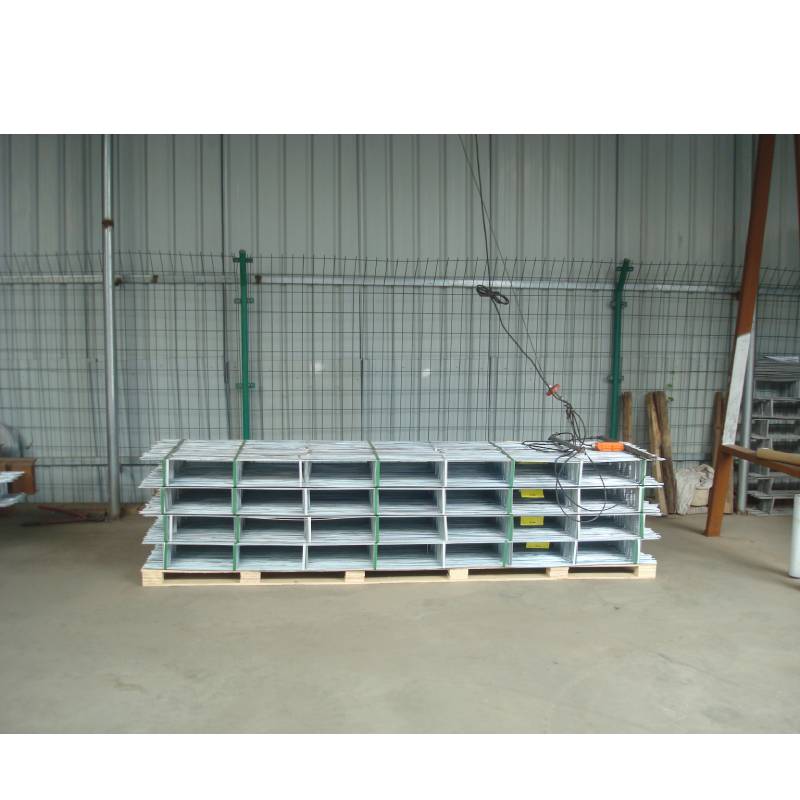
- Mobile Phone
- +8613931874955
- sales@cntcmetal.com
coil compression springs
Understanding Coil Compression Springs
Coil compression springs are essential mechanical components widely used in various applications, from automotive and aerospace industries to everyday household items. These springs play a crucial role in absorbing shock, providing resistance, and storing energy in a compact form. To fully appreciate their significance, it’s important to examine their design, functionalities, and applications.
Design and Structure
Coil compression springs are typically cylindrical in shape and are made from a variety of materials, including steel, stainless steel, and other alloys. The springs are constructed by winding a wire into a helical shape, allowing them to compress when a load is applied. The design is characterized by several key parameters wire diameter, coil diameter, number of active coils, and spring length. Each of these parameters directly impacts the spring's mechanical properties, influencing factors like stiffness, load capacity, and fatigue life.
The selection of material for coil compression springs is critical, as it affects both performance and durability. For instance, high-carbon steel is often chosen for its excellent tensile strength and fatigue resistance, making it suitable for heavy-duty applications. On the other hand, stainless steel offers better corrosion resistance, which is ideal for applications exposed to harsh environmental conditions.
Functionality
The primary function of a coil compression spring is to compress under axial loads and return to its original shape when the load is removed. This elasticity is vital in applications that require a cushion effect or a mechanism for controlling movement. For example, in automotive suspension systems, coil compression springs absorb shock from uneven surfaces, ensuring a smoother ride. Similarly, in machinery, these springs maintain pressure and assist in the operation of various components.
coil compression springs

Another essential property of coil compression springs is their ability to store potential energy. When compressed, they store energy that can be released when the load is removed, making them effective in applications such as toys, mechanical watches, and various industrial machines.
Applications
Coil compression springs are universally applicable in many sectors. In the automotive industry, they are used in shock absorbers, clutches, and engine components. The aerospace sector utilizes them in landing gear and various control systems, where reliability and performance are paramount.
Beyond heavy industries, these springs also find application in consumer products such as mattresses, pens, and appliances. The ubiquity of coil compression springs in daily life underscores their versatility and importance.
Conclusion
In summary, coil compression springs are a vital component in various mechanical applications. Their design, functionality, and adaptability make them indispensable across multiple industries. Whether in high-stress environments like aerospace or everyday items we often take for granted, these springs exemplify engineering ingenuity, contributing significantly to the effectiveness and efficiency of countless devices and systems. Understanding their role allows us to appreciate the complexity behind even the simplest of mechanisms, showcasing the balance between functionality and design in engineering.
share:
-
The Ultimate Solution for Display Needs: Wire Grid PanelsNewsMay.06,2025
-
The Ultimate Guide to Galvanized Steel WireNewsMay.06,2025
-
Iron Binding Wire: The Ideal Solution for Your NeedsNewsMay.06,2025
-
Explore the Strength and Versatility of Galvanized Welded Wire FabricNewsMay.06,2025
-
Discover the Durability and Versatility of PVC Galvanized WireNewsMay.06,2025
-
Discover Quality China Stainless Steel Wire MeshNewsMay.06,2025
-
Understanding Wall Ties: Types and ImportanceNewsApr.28,2025



















